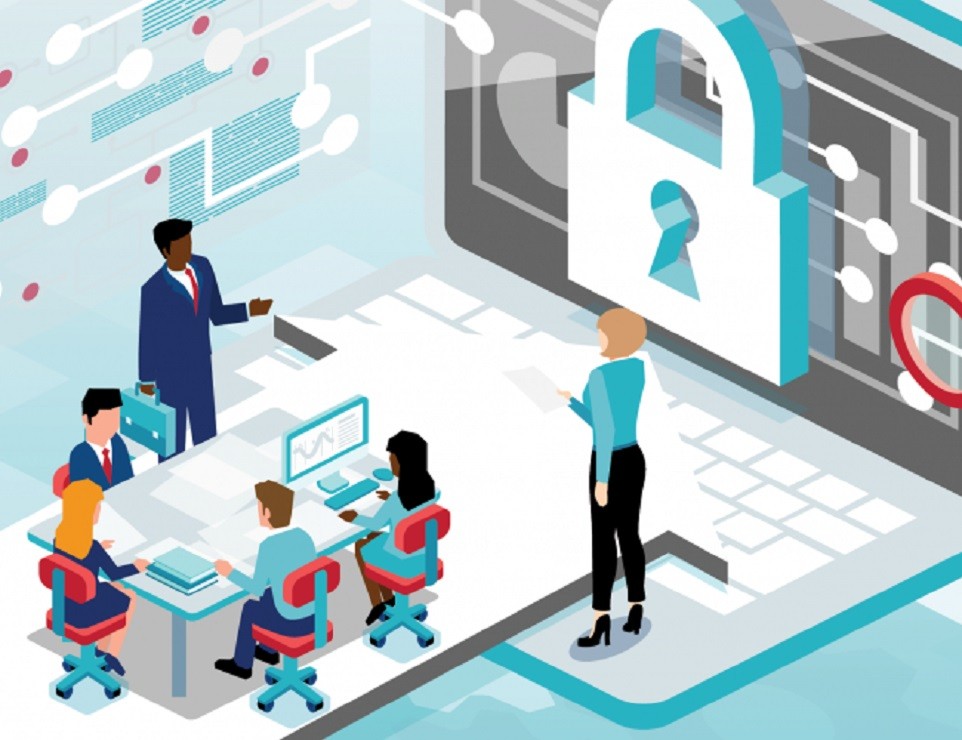Inside Higher Ed - Colleges a 'Juicy Target' for Cyberextortion
An article from Inside Higher Ed including some general metrics on ransomware attacks targeting educational institutions.

Times are changing and hackers are finding new and creative ways to acquire user passwords; they can buy lists of usernames and passwords on the dark web, they can use social engineering and email phishing tactics to steal passwords, they can use something called “dictionary attacks” as a brute force method to guess weak passwords. In 2020, there were at least 26 ransomware attacks involving colleges and universities. Adding a second form of verification dramatically decreases the likelihood of our accounts being compromised.
With the implementation of this new security measure, The University of the South joins many of our peer institutions, as well as colleges and universities around the world, in taking further steps to protect our students, faculty, and staff. Peruse the articles and additional resources linked below which explain the need for 2-step verification, as well as some recent examples on why this kind of protection is necessary.
An article from Inside Higher Ed including some general metrics on ransomware attacks targeting educational institutions.
Wikipedia's entry on the 2021 Colonial Pipeline ransomware attack. A good example of why 2-Factor Authentication is necessary for everyone.
An article from the National Cybersecurity Alliance on the trend towards deployment of multi-factor authentication in Higher Education.